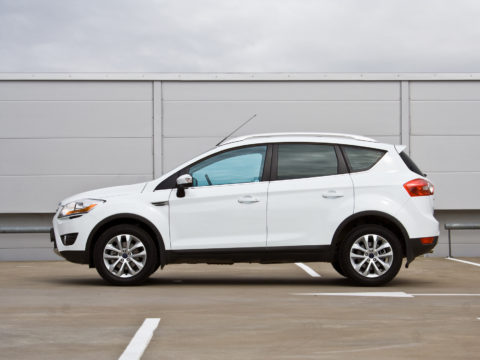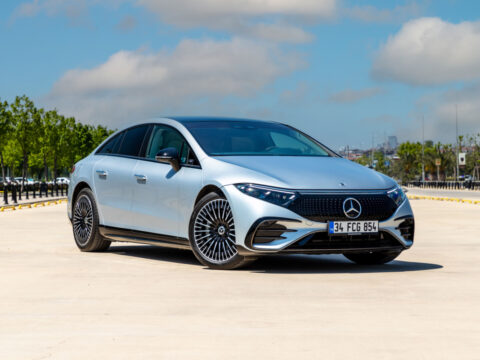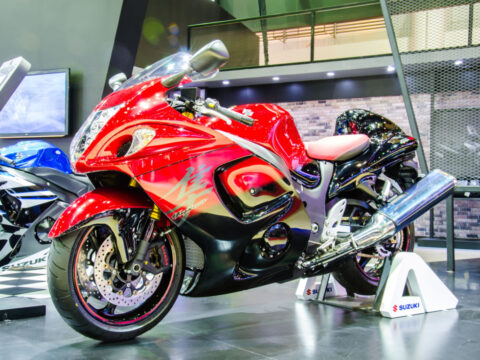When shopping for eco-friendly cars, we expect them to be gentle on the environment. However, some cars that wear the “green” label might not be as clean as they appear. Dive in as we uncover 10 such vehicles that, despite their green branding, have aspects that could harm our planet.
Contents
Dieselgate Cars
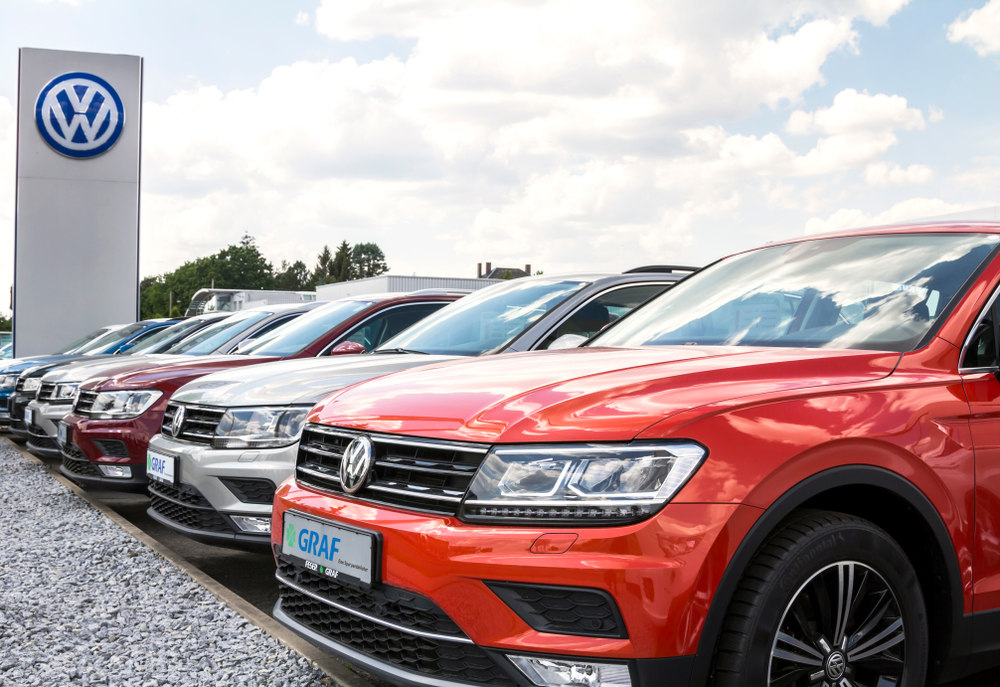
Volkswagen Group, which includes Audi and Porsche, was embroiled in a major scandal termed “Dieselgate.” They were found to have intentionally programmed diesel-engine cars to activate emission controls only during laboratory emissions testing. The deceptive software was an attempt to cheat emissions tests. The pricing varied based on the model and year of the vehicles involved.
First-generation Hybrid Cars
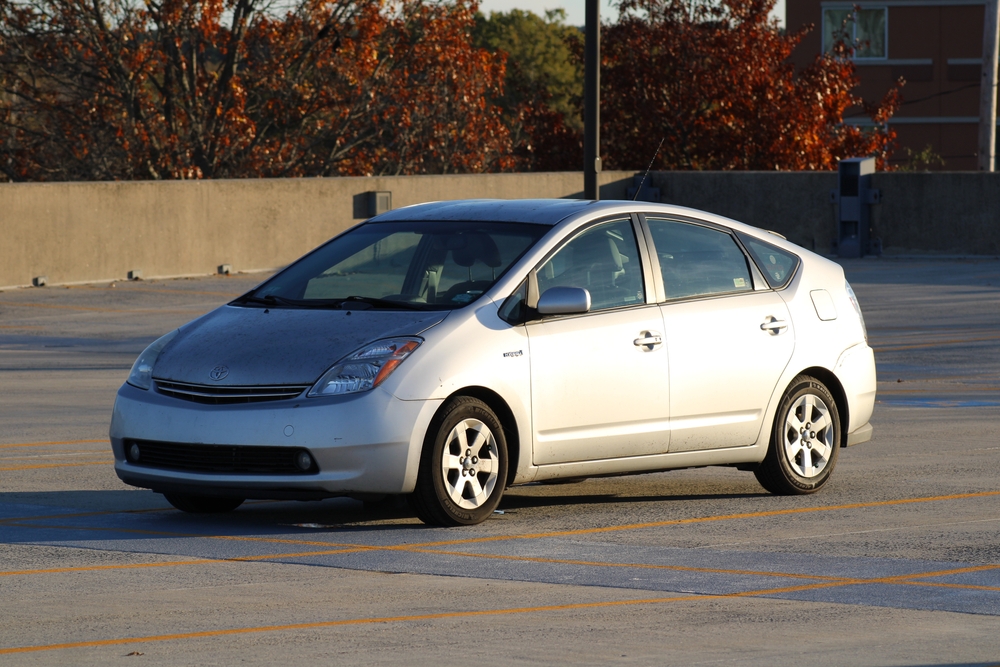
The early hybrid vehicles faced scrutiny for the environmental impact of producing and disposing of their batteries. The mining of materials such as nickel, used in these batteries, had its own environmental consequences. These cars, like the first-generation Toyota Prius (as shown above), used Nickel-Metal Hydride (NiMH) batteries and their pricing varied depending on the model.
Certain Electric Cars with Coal-Powered Electricity
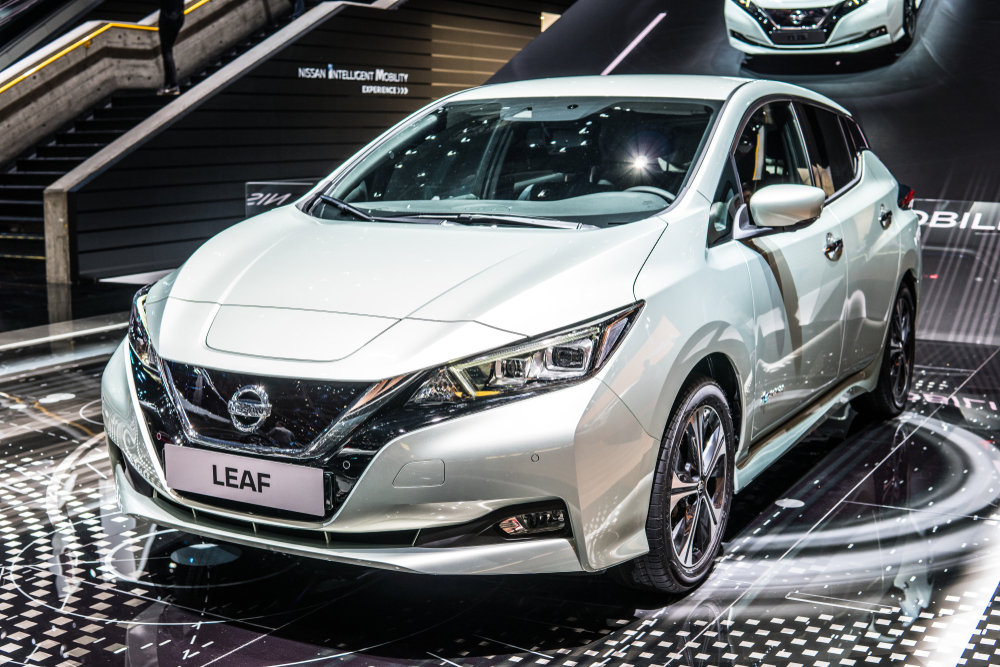
Electric cars derive their power from electricity, which is only as clean as its source. In regions where the majority of electricity comes from coal, electric vehicles (EVs) might indirectly contribute to higher emissions than in areas powered by renewables. The main features of these cars are their battery storage and charging infrastructure.
The Nissan Leaf (as shown above) when charged in areas predominantly powered by coal, might have a higher carbon footprint than in regions using renewables.
Large Eco SUVs
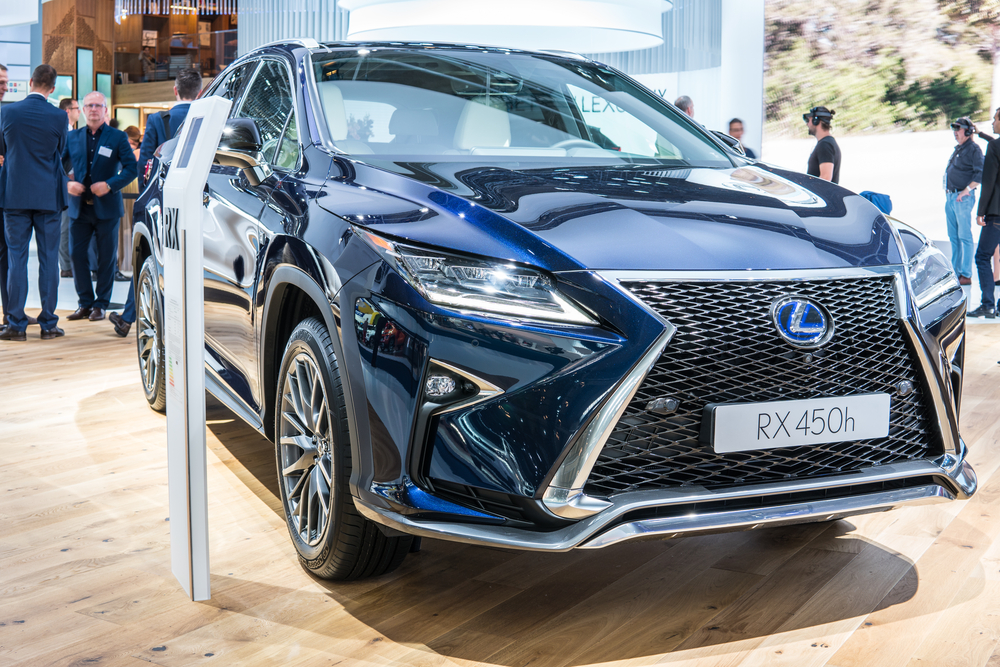
Some larger SUVs, though hybrid, consume more energy and produce more emissions than smaller, more efficient vehicles. Even if they have a hybrid variant offering better fuel economy than conventional counterparts, the environmental cost is comparatively high. These vehicles are often premium-priced due to the “eco” branding. One example, which is showcased above, is Lexus RX Hybrid.
Cars Using Ethanol or Biofuels
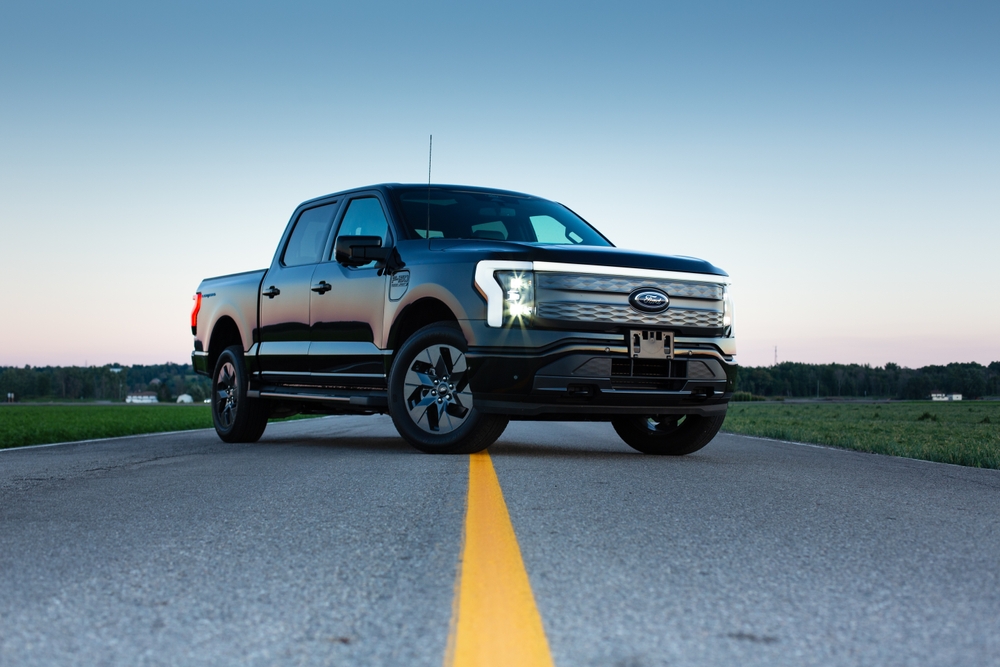
Biofuels, such as ethanol, are renewable. However, the environmental cost of producing these fuels can be high. The farming practices for the crops, especially if forests are cleared or if excessive pesticides and fertilizers are used, can be damaging. These cars have flex-fuel capability, and their pricing is comparable to standard vehicles.
Ford’s Flex-Fuel vehicles, like the Ford F-150 (as shown above) with the flex-fuel badge, can run on E85 ethanol.
Natural Gas Vehicles

Natural gas vehicles, like the Honda Civic GX, emit fewer CO2 emissions when compared to gasoline. However, the extraction process of natural gas, which includes fracking, can harm the environment. The key feature of these vehicles is their Compressed Natural Gas (CNG) fuel systems. They can be more expensive initially but might offer savings in fueling costs.
Certain Hydrogen Fuel Cell Vehicles
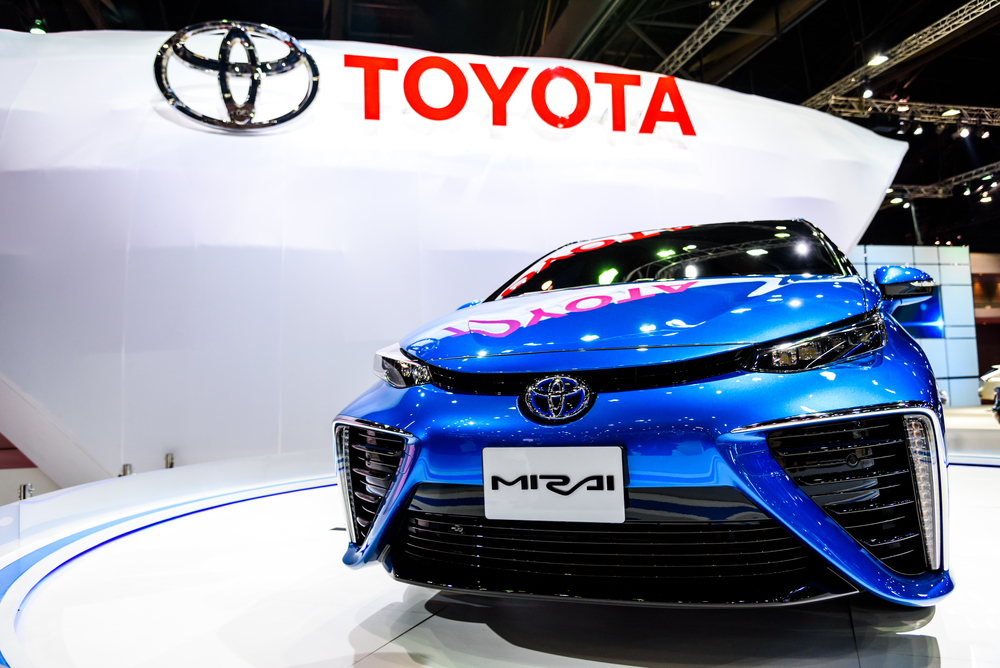
The hydrogen fuel production, transport, and storage processes can be energy-intensive. This offsets some of the environmental benefits of these vehicles. These cars operate on hydrogen fuel cell systems and are generally premium-priced due to limited infrastructure. One example is Toyota Mirai (as shown above).
Cars with “Start-Stop” Technology
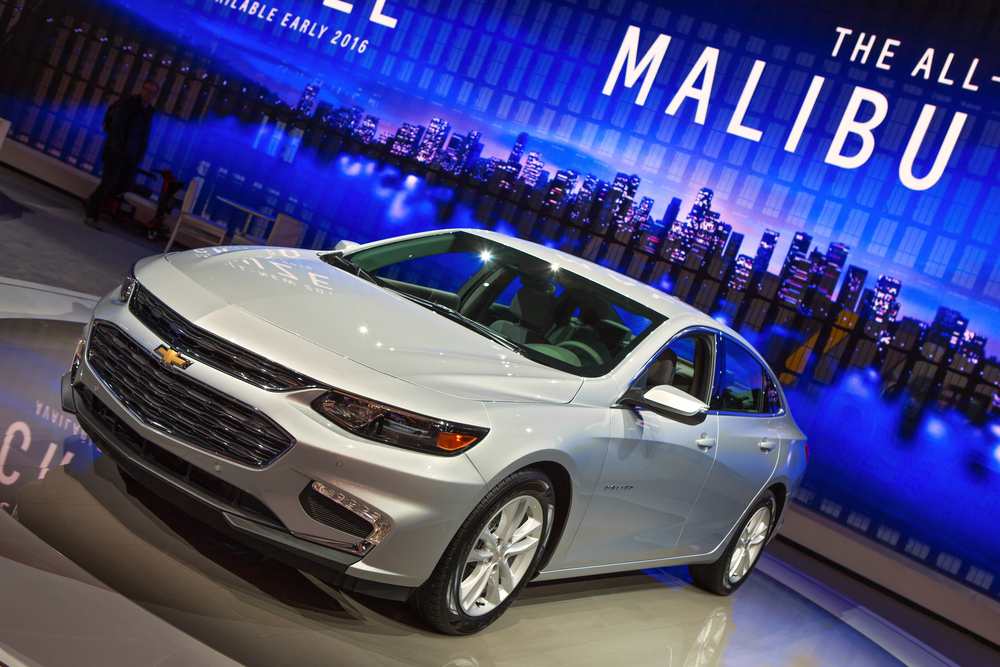
This technology conserves fuel in city driving by shutting off the engine when the vehicle stops and restarting it when the accelerator is pressed. However, it can lead to more wear and tear on the engine. This increased maintenance can reduce the overall lifespan of the engine. This feature often comes as a standard in many modern vehicles, like the Chevrolet Malibu (as shown above).
Certain Vehicles with Regenerative Braking

Regenerative braking conserves energy by converting motion into stored energy in the battery. However, producing these braking systems can be resource-intensive, making their net environmental benefit questionable. This feature is typically found in hybrid and electric cars, like Tesla Model S (as shown above), often leading to a higher price point compared to gasoline cars.
Vehicles with Greenwashing Marketing
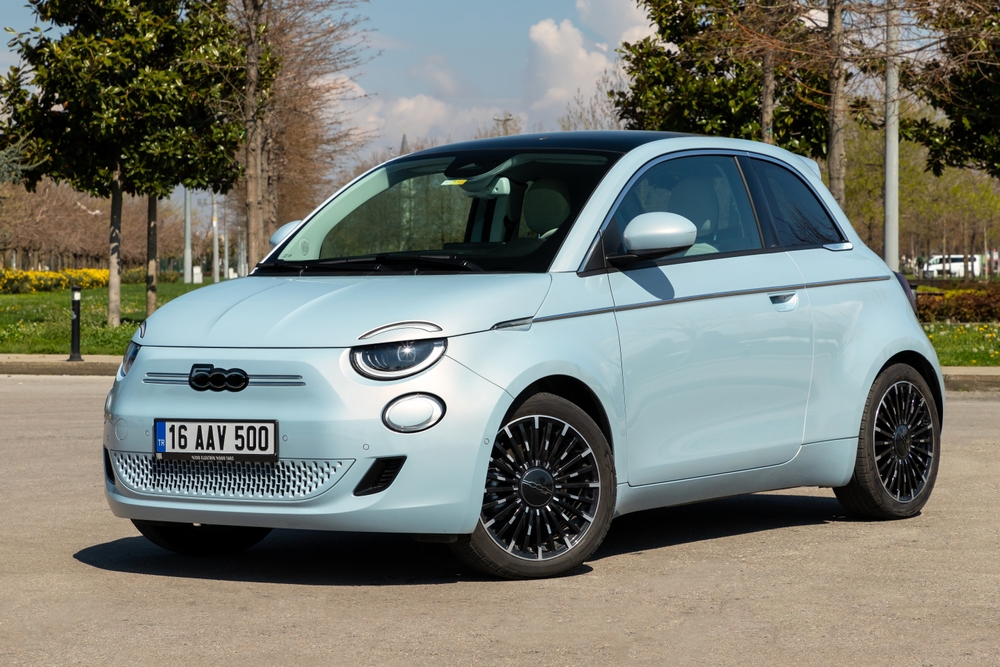
Occasionally, cars are presented as “green” or “eco-friendly” based on minimal improvements or features, diverting attention from other less environmentally-friendly aspects like the Fiat 500e (as shown above). The “green” branding sometimes leads to a premium price, even if the actual environmental benefit is negligible.
This article originally appeared on MyCarMakesNoise.
More from MyCarMakesNoise
The Superiority of Hybrids Compared to Electric Vehicles

While the allure of fully electric vehicles (EVs) is undeniably captivating, there’s a compelling case to be made for the superiority of hybrids in today’s world. Read More.
The Most Extraordinary Motorcycle World Records

Whether they’ve ridden their motorcycles faster, further, or more audaciously than anyone else, these mavericks have truly etched their names into motorcycling lore. Read More.
Top American Muscle Cars for Drag Racing

In this exploration, we’ll spotlight the American muscle cars that have become legends on the drag strip, looking under the hood of each one to uncover what makes them the beasts they truly are. Read More.

